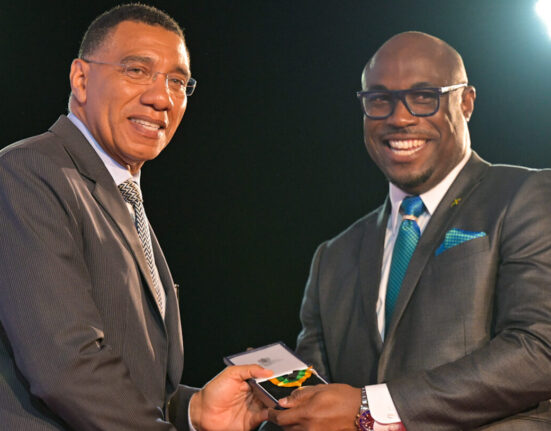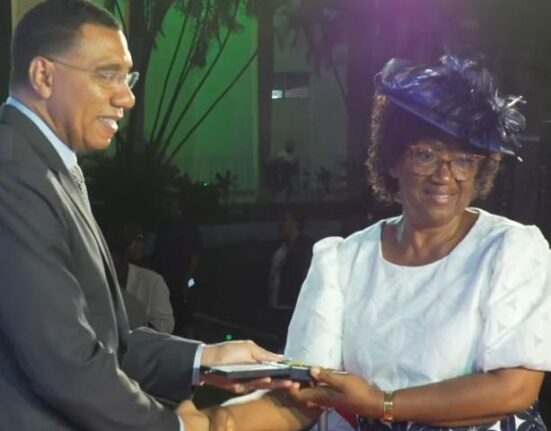HOW TO STICK WITH THAT ‘GETTING MORE ACTIVE’ RESOLUTION
By Michael Huggan
Being physically active is a vital part of a healthy fulfilling life. It doesn’t matter where or when you are active, it only matters that you are.
Having recognized that you have many unhealthy habits, you decided to set your fitness goals and devise your action plan. Unfortunately, there is a disturbing trend in which these plans are never realized. Wuest (2023) affirms that 90% of people will quit their physical activity programs within three (3) months. He goes on further to state that the greatest prevalence of this health-seeking behaviour is displayed in January of every year. This behaviour is referred to as the “New Year – New Me Phase.” But why is it so short-lived Let’s explore some reasons why many individuals fail to continue along their journey of a physically activity lifestyle.
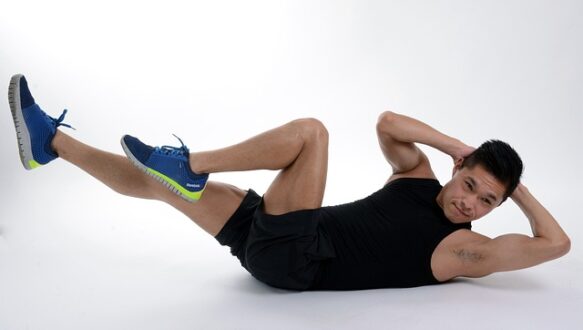
- EXPERIENCING MUSCLE SORENESS DURING AND AFTER WORKOUT
Muscle soreness is common during and immediately after exercise and this soreness can persist eight to 48 hours after activity which is referred to as Delayed Onset Muscle Soreness (DOMS). This can be brought about by any of, or a combination of the following
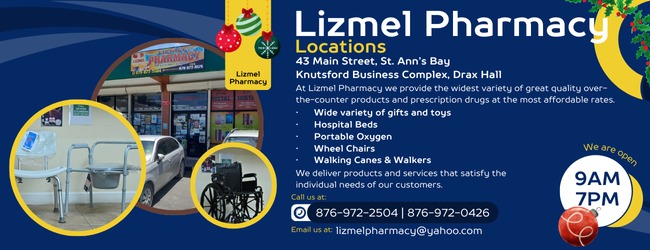
- i) trauma to the muscle tissue,
- ii) lactic acid buildup and muscle inflammation.
When an individual experiences this soreness it is easy to quit, therein losing any potential gains. It is important to note that with continued activity, the muscle soreness gets significantly less over time. It can also be reduced by making sure to warm up and cool down properly after activities, coupled with slowly progressing into your exercise program.
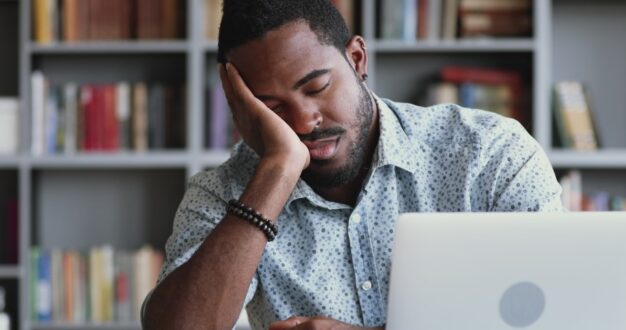
- NO TIME OR LIMITED TIME TO BE ACTIVE
It is common to hear people say that they have no time to engage in physical activity. The reality of a full day is no excuse, not to make time to be physically active. More often than not, finding time to be active is considered burdensome, however, these same “busy people” find the time to sit in front of the television and binge-watch a Netflix series.
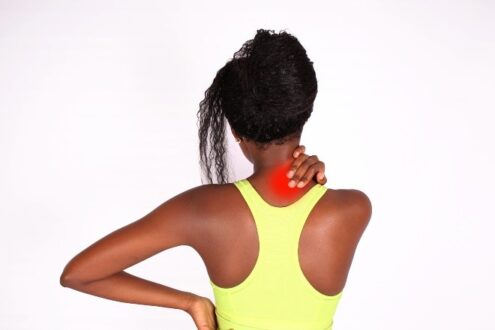
A recommendation for those of us who can’t find the time is chair exercises. These exercises can be done from a seated or standing position while using the chair for support. It is low-intensity and can be done from the comfort of your home. Improvement in flexibility, better concentration, and increased strength are some of the benefits to be gained from this form of activity.
- LACK OF SUPPORT OR MOTIVATION
Several studies highlight the importance of social support from a significant other or a committed friend to the continuation of a physical activity lifestyle. Social support enables physical activity to be maintained through encouragement and camaraderie. So, don’t rely on your own intrinsic motivation but rather embrace the participation of someone who will be there to ensure that you both stay the course of your newly discovered physical active lifestyle.
Michael Huggan is a Regional Physical Activity Specialist (SRHA)
He works in promoting the importance of physical activity engagement to the individual’s health and wellbeing



